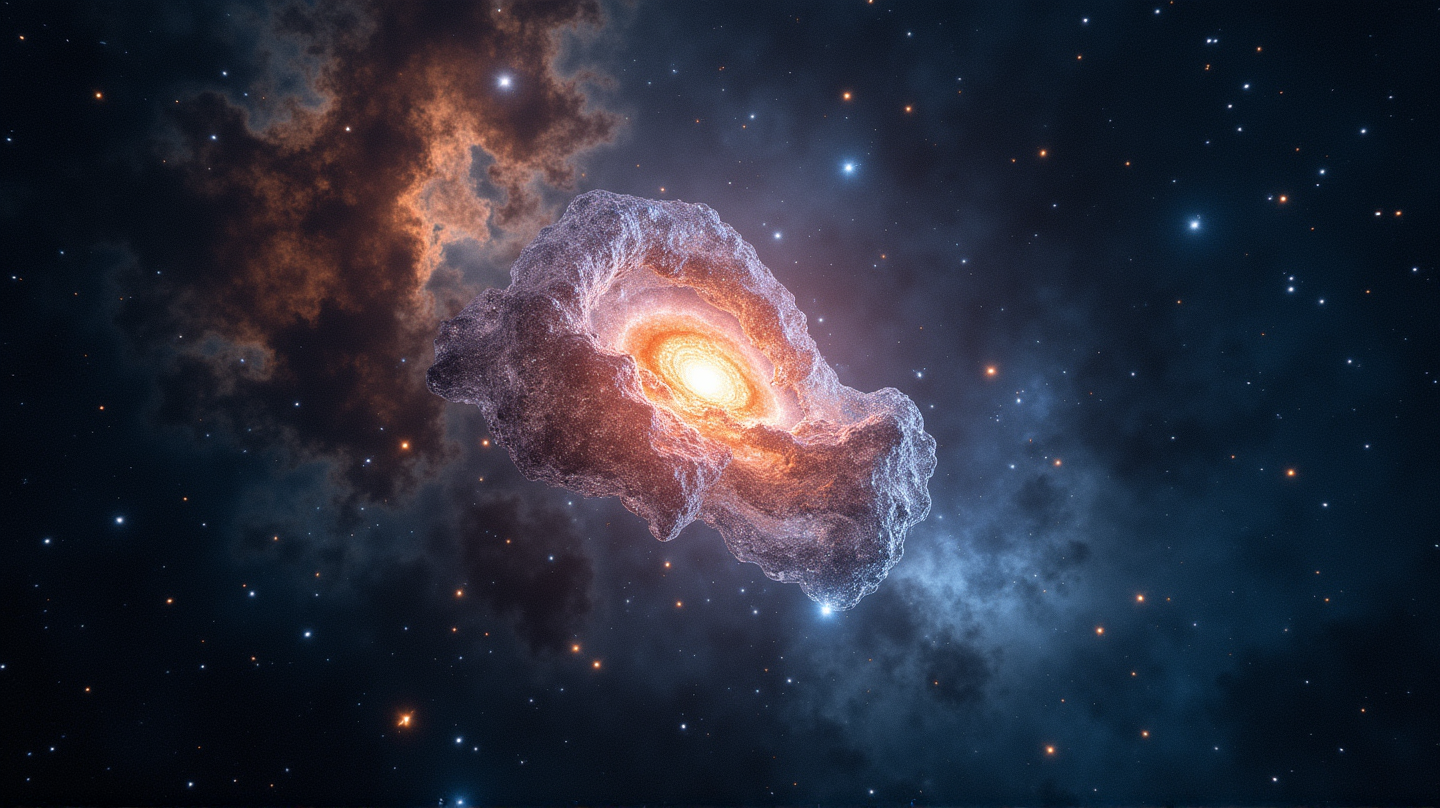In a groundbreaking discovery, scientists have detected five complex organic molecules in the icy realms surrounding a star outside the Milky Way. This cosmic revelation, powered by the James Webb Space Telescope (JWST), uncovers new possibilities for life’s universality in the cosmos.
A Cosmic First in Organic Chemistry
For the first time, researchers observed methanol, acetaldehyde, ethanol, methyl formate, and acetic acid around a protostar named ST6, located in the Large Magellanic Cloud—an orbiting galaxy about 160,000 light-years away from us. According to Live Science, these findings emphasize the potential for complex organic chemistry in harsh cosmic environments.
The Large Magellanic Cloud: A Portal to the Past
The Large Magellanic Cloud serves as a window into the conditions reminiscent of the early universe. Its composition, marked by fewer heavy elements, provides an ideal testbed for understanding the chemical processes that may have sculpted primordial galaxies in the universe’s infancy.
Pioneering New Ways to Understand Life’s Origins
“When we study the Large Magellanic Cloud, we’re essentially peering into a past era, using it as a cosmic laboratory,” says study co-author Marta Sewilo from the University of Maryland. Her team’s work pushes the boundaries of what is known about the formation of complex molecules, opening paths to new insights into the emergence of life.
The Promise of Glycolaldehyde: A Potential RNA Component
Among the signals detected, glycolaldehyde holds particular interest due to its ability to produce ribose, an integral sugar in RNA, suggesting a possible avenue to understanding life’s blueprint. As investigations continue, uncovering glycolaldehyde would mark a pivotal step in connecting cosmic events with terrestrial life.
Expanding the Horizons of Space Chemistry
The presence of complex molecules in the Large Magellanic Cloud implies that even in harsh environments, chemical reactions on dust grains can create intricate compounds. This opens exciting opportunities to explore similar molecules around other protostars in various galaxies, fortifying our understanding of life’s possible universality.
A New Dawn for Cosmic Exploration
This astronomical milestone strengthens the foundation for future explorations, enriching our grasp of complex chemistry across the cosmos. With further studies on the horizon, such discoveries propel our quest to unravel the compelling question of how life originated and evolved beyond our world.
